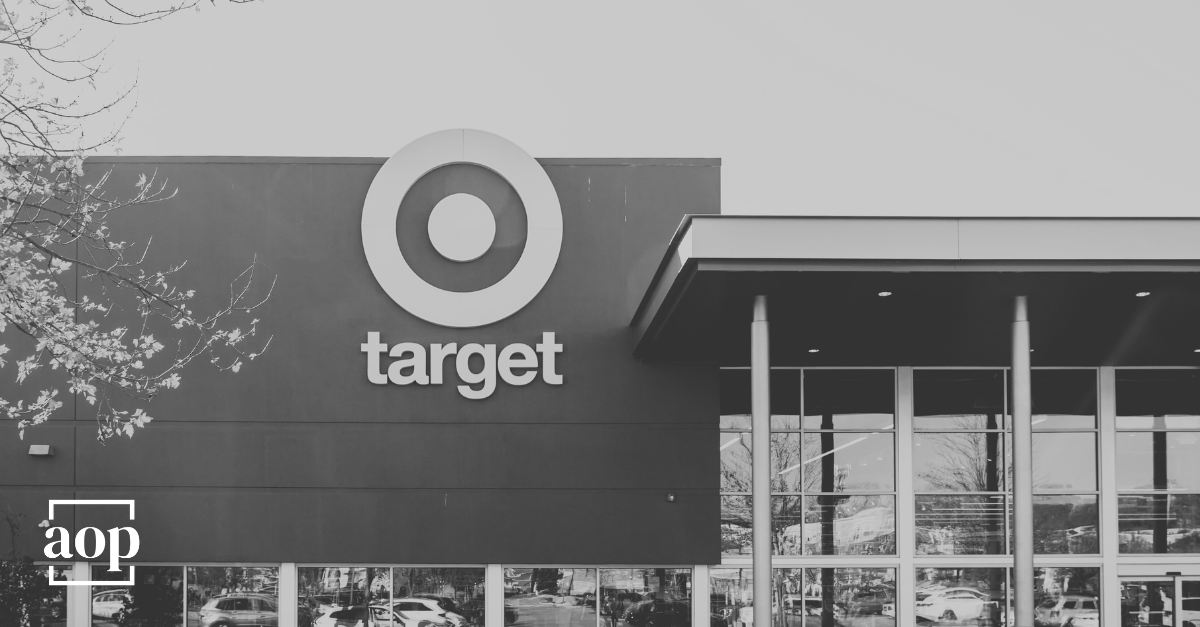Oct15

Between 2015 and 2017, major retailers rode the wave of what became known as omnichannel shopping. Consumers wanted freedom: the ability to shop in-store or online, to pick up at the curb, have items delivered, or receive regular parcel shipments.
For retailers, it was both an opportunity and a logistical puzzle. Integrating inventory, data, and delivery options seamlessly promised profits—but demanded precision. According to research published in the Harvard Business Review, omnichannel customers spent 4% more per in-store visit and 10% more online than single-channel shoppers. With each additional channel used, in-store spending rose even higher.
That data spurred ambitious experiments across the industry. Among them: Target’s “stores as hubs” initiative. Beginning in 2017, the retailer poured $7 billion into transforming the backrooms of its stores into fulfillment centers for online orders. The move was hailed as a cost-efficient alternative to warehouse shipping—Target estimated store-based fulfillment was 40% cheaper.
But after years of investment, the program is being wound down. Target has confirmed plans to scale back the initiative in 30 to 40 markets after testing a rollback in Chicago earlier this year.
Despite shipping 96% of online orders from stores, the numbers tell a sobering story. Target’s stock has fallen more than 60% since its late-2021 peak, and sales have stagnated for four years. Executives cite inflation and tariffs, but employees point to burnout from balancing in-store work with online order fulfillment.
Stores have struggled to keep shelves stocked, and customer service has suffered. Incoming CEO Michael Fiddelke told investors during the Q2 2025 earnings call that inventory reliability is improving and technology will play an even larger role ahead.
Industry analysts say Target’s retreat underscores a broader truth: omnichannel strategies only succeed when execution matches ambition. The next frontier—unified commerce—aims to bridge the gap. But for now, Target’s bid to be “all things to all shoppers” may have stretched the brand too thin.
By Kelly Barner
Keywords: Customer Experience, Retail, Supply Chain
 The Digital Commons — From Noise to Wisdom
The Digital Commons — From Noise to Wisdom Friday’s Change Reflection Quote - Leadership of Change - Change Leaders Harness Existing Dissatisfaction
Friday’s Change Reflection Quote - Leadership of Change - Change Leaders Harness Existing Dissatisfaction The Corix Partners Friday Reading List - November 7, 2025
The Corix Partners Friday Reading List - November 7, 2025 The Trust Deficit in Change Programmes
The Trust Deficit in Change Programmes Management of Portfolio complexity a key to Supply Chain responsiveness
Management of Portfolio complexity a key to Supply Chain responsiveness